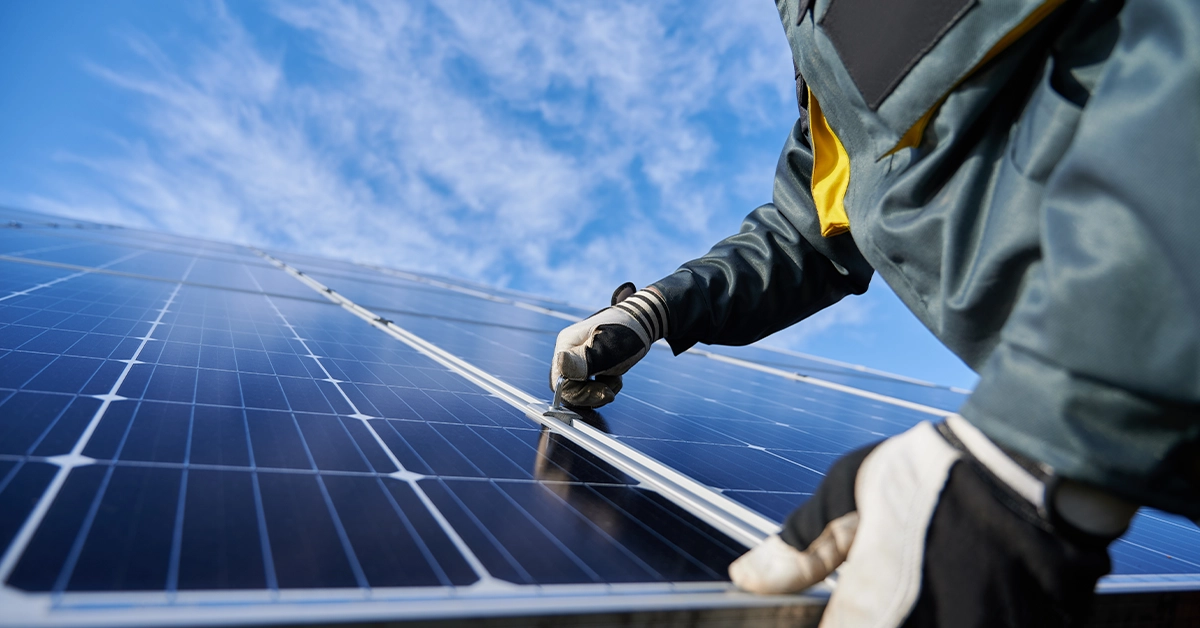
The future of energy and sustainable building constructions will be tied deeply with renewable technologies. Newly-built buildings will have to be able to produce at least part of the energy they will consume. Some governments have already begun writing and implementing new, forward-thinking legislation.
California is a North American leader in terms of renewable energy and modern technologies. It comes as no surprise that the state’s government was the first to introduce new legislation in May 2018 that requires all new family houses to install solar PVs on their rooftops, beginning in effect from 2020.
A similar new rule was passed a year earlier by the city commission of South Miami, FL, in September 2017. All renovations that will affect 75% or more of the building will also require the construction of solar panels.
Current estimates state that initial costs will be raised by $25,000 to $30,000 (about half of which is directly due to the solar system), but produced green energy is estimated to save owners $50,000 to $60,000 over the expected 25-year lifespan of the installed solar PVs. Both Florida and California are states with a wealth of solar radiation, thus this legislation was long overdue and did not meet much resistance.
Although these legislations are often reported as being first-of-their-kind, several European countries have either experimented with such legislation or have already successfully implemented it. The real pioneer in this regard was the city of Marburg. Marburg, which is located in Germany, a country not especially known for its sunny weather, passed a law making the installation of solar systems on new buildings or as part of renovation projects mandatory in 2008!
In the end, the futuristic new regulation was blocked 2 months later by the Regierungspräsidium (the local government) of Giessen. However, such laws are poised to make a comeback and mandatory solar system won’t appear just under the cloudy skies of Germany but is also likely to be a feature of more sunny European nations such as Italy, Spain, Greece, and Portugal.
The EU has also signed off union-wide regulations on new constructions projects when it comes to energy efficiency. Thanks to the current Energy Performance of Buildings Directive, all new buildings must be nearly zero-energy (passive) buildings by 31 December 2020 (public buildings by 31 December 2018).
Future-thinking legislation passed in economically rich regions such as North America and Western Europe often inspire lawmakers in the rest of the world. It is therefore not unlikely that we will see mandatory solar systems or other renewables in the sunnier regions of Asia, Africa, and South America. Australia, already a solar tech powerhouse, will likely be the next country where local governments will look into such legislation. A report made by an Australian non-profit released in February of 2018 recommends solar panels or other renewables be compulsory for new homes built in Australia; saying such a measure would help slash energy bills, network investment, and emissions.
Where does that leave FUERGY? With a market that is already rapidly expanding, the introduction of mandatory solar system construction on a local level will tremendously boost the market for our device. High upfront costs will be a much easier pill to swallow when put in the context of utilizing a device such as FUERGY, as new home-owners will look forward to actively producing energy that they can actually sell and so boost the payback period for their solar panels. With AI-powered energy sharing the new era of energy decentralization is around the corner.
Furthermore, we envision such legislation being potentially expanded onto companies. For instance, suitably-located industries such as farms, mines or other remote buildings could be fitted with wind turbines to reduce transmission costs. Such steps will be absolutely necessary in order to meet exponentially-growing global demand for energy, as well as replacing the use of fossil fuels in order to combat climate change.
FUERGY will be in the perfect position to capitalize on these structural changes and make this transition easier for all of us. Our device will also make it much more reasonable to pass such legislation in the first place, as the FUERGY Solution is able to transform long-term savings into immediate earnings.
Keen to read more about FUERGY’s journey towards renewables and energy optimization? Follow our blog or join our newsletter. To see the most recent news about us, follow us on Twitter.
We are living in the future of energy. Are you?





